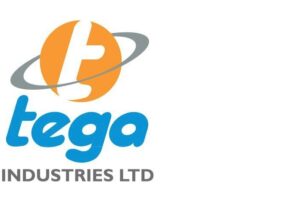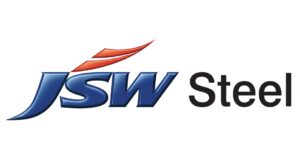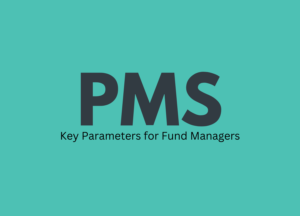
Tega Industries Ltd
CMP – 1426
Market Cap – 9,621 Cr
About the Company
Tega Industries is a leading manufacturer and distributor of specialized, critical, and recurring consumable products for the global mineral beneficiation, mining, and bulk solids handling industry.
1)P/E – 51
2)Total Share Holder – 52,986
3. Net Profit 16 to 25:
> 2025 ₹ 188 cr.
> 2024 ₹ 194 cr.
> 2023 ₹ 184 cr.
> 2022 ₹ 117 cr.
> 2021 ₹ 136 cr.
> 2020 ₹ 66 cr.
> 2019 ₹ 33 cr.
> 2018 ₹ 28 cr.
> 2017 ₹ -2 cr.
> 2016 ₹ -10 cr
4. Holding Pattern 📊
> Promoters: 74.8 %
> FIIs: 1.68%
> DIIs: 19.02%
> Public 4.50 %
Disclaimer: The above data should not be considered as a Buy or Sell recommendation. The analysis has been done for educational.
#AasthaFintech #infoedge #StockMarketIndia #WealthCreation #InvestmentTips #StockMarketUpdates #Trading #Investing #Finance #IndianStockMarket #MarketAnalysis #StockMarketNews #FinancialFreedom #InvestmentEducation #SmartInvesting #StockMarketInvesting #StockUpdates #WealthManagement #DigitalPayments #StockResearch #FII #DII #RetailInvestors #MutualFunds #Surat #GujaratFinance #AasthaInvestments #Tega











